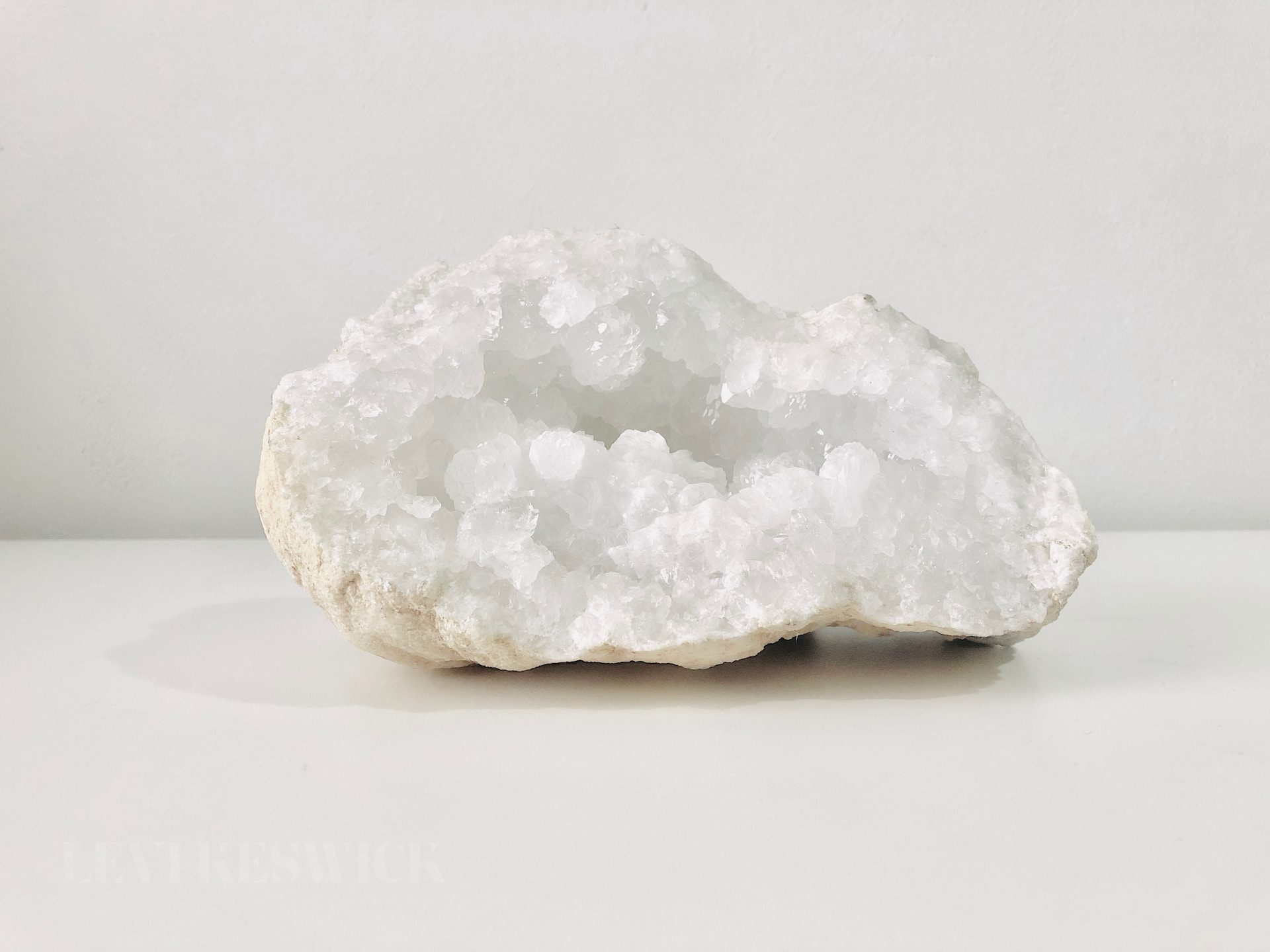Key takeaways:
- Chalcedony, including gray chalcedony, is a form of Quartz in microcrystalline form and has a wide array of variations.
- Despite not being a separate mineral species, Chalcedony holds a distinguished place among mineral reference guides and collectors.
- Gray chalcedony, along with other colors, exhibits a diverse array of formation habits.
- Impurities in chalcedony lead to intriguing formations, such as Moss Agate and Dendritic Agate.
- Chalcedony is renowned for pseudomorphs, where it chemically replaces other materials while preserving their form.
Gray Chalcedony: The Elegant Chameleon of the Mineral World
The world of gemstones is a colorful tapestry of mesmerizing patterns and enchanting refracted light. Among this fascinating collection, gray chalcedony holds a distinctive place. While chalcedony is not scientifically its mineral species, its unique characteristics and aesthetics have earned it a special recognition among mineral enthusiasts and collectors.
Understanding Chalcedony: More Than Just a Form of Quartz
Chalcedony, which includes the beautiful gray chalcedony, is a microcrystalline form of Quartz. This means that its structure is composed of tiny crystals that are too small to be seen with the naked eye. Despite being a Quartz variant, the name chalcedony has a long-standing tradition and is independently listed in nearly all mineral reference guides.
In the gem trade, chalcedony generally refers to the white or blue varieties, separating it from the multicolored banded version known as Agate. However, the intriguing gray chalcedony is a subtle and captivating variety that charms collectors with its delicate hue and luster.
The Remarkable Formation Habits of Chalcedony
Chalcedony, including the gray variant, showcases a fascinating range of formation habits. It is often found in geodes, lining the cavity with mammilary formations – rounded masses resembling the shape of a breast or nipple. The Agate variety, too, frequently lines the outer layer of geodes beneath larger Quartz crystals.
A captivating aspect of chalcedony’s formation process is its ability to form pseudomorphs. In this process, chalcedony chemically replaces other materials while maintaining their original structure. Examples of such pseudomorphs include petrified wood, where the wood is entirely transformed into chalcedony, and Tiger’s Eye, a popular variety that presents a bronze sheen due to the fibrous mineral Crocidolite replaced by chalcedony.
The Impact of Impurities on Gray Chalcedony and its Relatives
Impurities in chalcedony can lead to a host of fascinating phenomena. They can form moss-like growths within the mineral, resulting in Moss Agate. Gray chalcedony with such formations can mimic the look of a moss-covered stone, adding to its allure.
Another variant is Dendritic Agate, which contains manganese oxide impurities. These impurities form fabrications that resemble trees, adding another layer of visual intrigue to this versatile mineral. However, it’s crucial to note that these Agate forms lack the typical banding and are thus not considered ‘true’ Agates.
Gray Chalcedony: A Gemstone of Subtle Beauty and Geologic Wonder
Gray chalcedony embodies a subtle beauty and intriguing formation history that sets it apart in the gemstone world. Its ability to form pseudomorphs, its remarkable formation habits, and the artistic patterns created by impurities all contribute to its allure. As we continue to explore and appreciate the vast universe of gemstones, gray chalcedony remains a star, radiating its subtle glow and geologic wonder.








